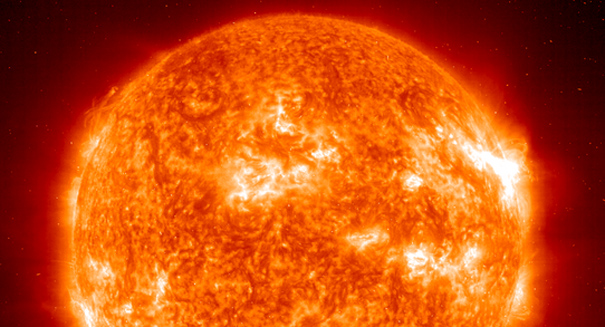
A research team found that the sun has two major seasons that greatly impact solar activity and are a big driver of solar storms.
There are seasons on the sun too, believe it or not, and better understanding these seasonal changes can help improve forecasts for space weather events.
A team of researchers at the National Center for Atmospheric Research (NCAR) in Colorado finds that the sun waxes and wanes over the course of about two years, with peaks and valleys during the sun’s 11-year cycle, according to a Times of India report.
These cycles can have an effect on the solar storms that strike the Earth’s atmosphere, either amplifying or weakening their impacts.
Scientists believe that the bands of strong magnetic fields in each solar hemisphere have variations on a quasi-annual basis, which appears to be the cause of the differences.
Scott McIntosh, the lead author of the study and the director of the high altitude observatory for NCAR, said that this is a “massive driver of solar storms,” according to the report.
The sun’s rotating interior is causing this action in the overlapping bands, the research team found. As the bands move within the hemispheres, solar activity peaks after about 11 months and then starts to wane.
McIntosh compared it to regions on Earth that have just two seasons, a rainy one and a dry one. His team looked at the ring-shaped bands using NASA satellites and observatories here on Earth to assemble data on the structure of the sun and the origins of solar flares and coronal mass ejections, which bring solar storms here on Earth that can cause brilliant aurora displays and also knock out communications systems if the storm is strong enough.
The team is hopeful that these findings will help improve predictions for big geomagnetic storms in the outer atmosphere of our planet, thus better enabling us to know when an interruption in our communications and power grids is coming rather than after the fact.
The findings were published in the journal Nature Communications.